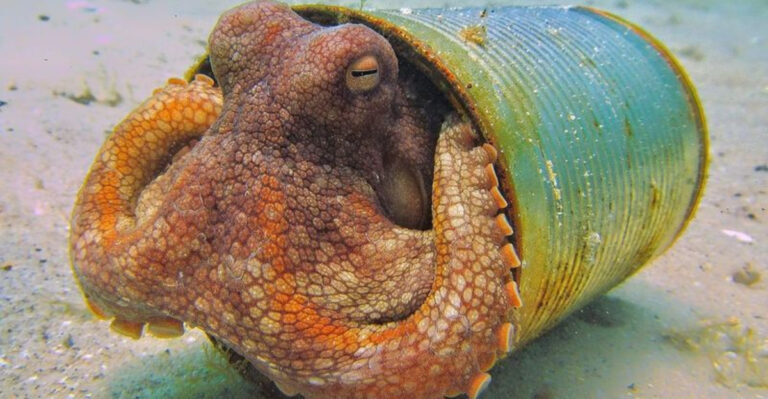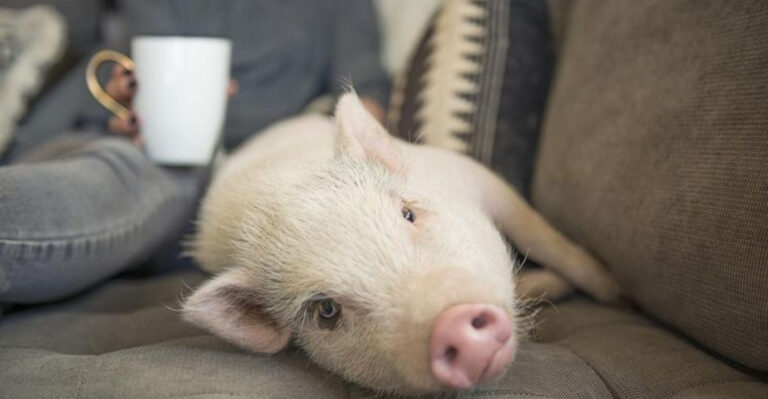Cats Vs. Dogs: 14 Emotional Superpowers Cats Have On Lock
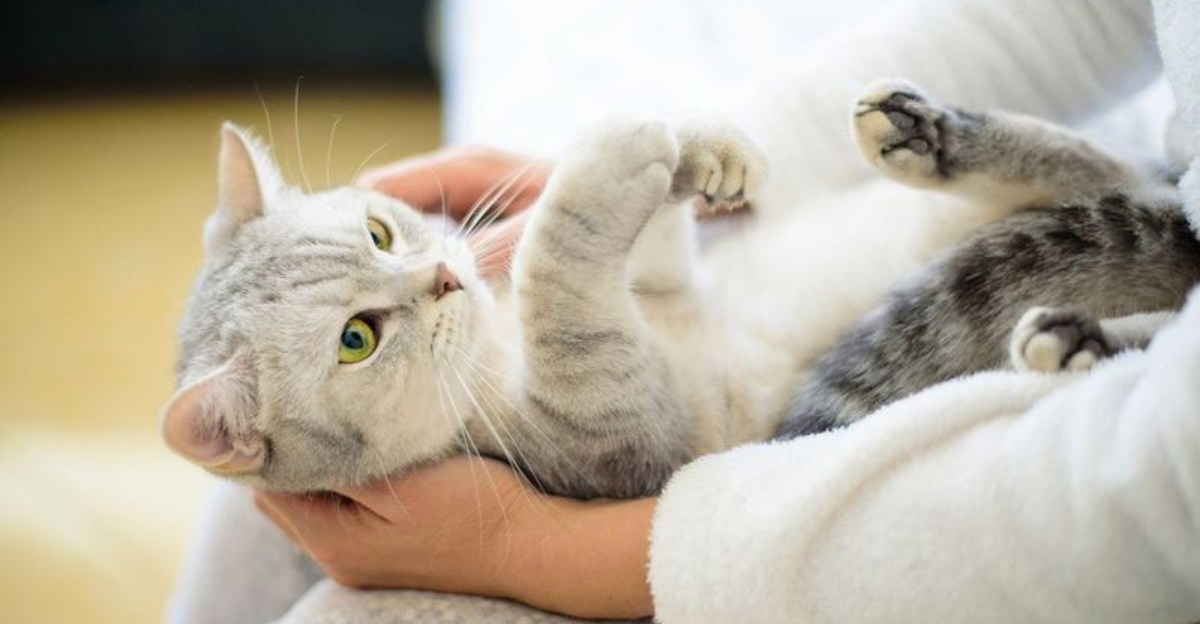
Ever wondered why cat people are so fiercely loyal to their feline friends? While dogs wear their hearts on their paws, cats possess subtle emotional superpowers that often go unnoticed by casual observers.
These mysterious abilities give cats a unique edge in the animal kingdom and explain why they’ve captured human hearts for thousands of years. Ready to discover what makes your purring companion emotionally superior?
1. Masters Of Boundaries

Cats establish clear personal boundaries without apology. Unlike dogs who might tolerate unwanted attention, cats simply walk away when they’ve had enough interaction.
This emotional intelligence reflects their wild ancestry, where setting limits meant survival. By honoring their own emotional needs first, cats teach us a valuable life lesson about self-care and personal space.
2. Emotional Independence Champions

Your feline friend doesn’t need constant validation like many dogs do. Cats maintain emotional equilibrium whether you’re home or away, developing a healthy attachment style that doesn’t border on neediness.
This independence stems from their solitary hunting nature. While they enjoy your company, their emotional wellbeing isn’t dependent on your constant presence—a refreshing quality in a world of clingy relationships.
3. Selective Affection Specialists
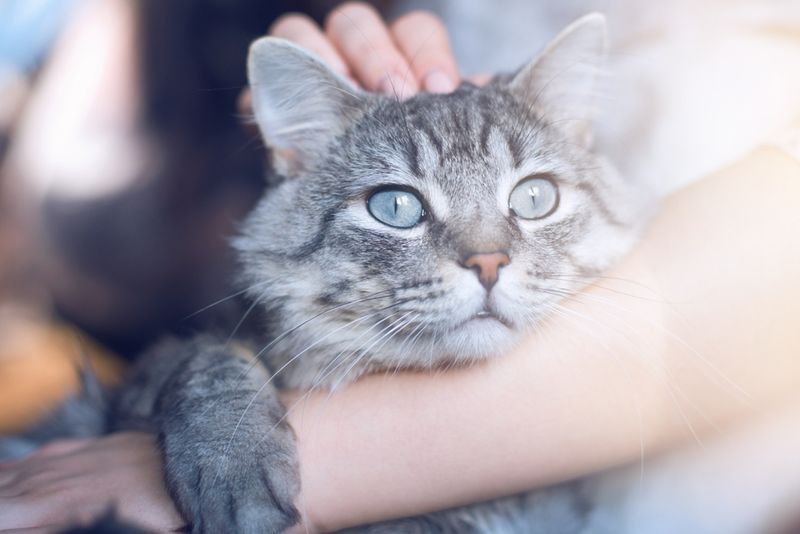
When a cat chooses you, it feels genuinely special. Unlike dogs who might shower everyone with the same enthusiasm, cats carefully select their inner circle.
Their affection isn’t cheap or easily won—it’s a deliberate choice. This selectivity makes their love feel earned and precious. Cat owners understand this exclusivity as the ultimate compliment, knowing they’ve been specifically chosen by a discerning companion.
4. Emotional Energy Conservation

Cats instinctively preserve their emotional energy, unlike dogs who might deplete themselves through constant excitement. This natural tendency toward emotional efficiency prevents burnout.
Watch how a cat alternates between play and rest without guilt or FOMO. They’ve mastered the art of emotional pacing—engaging fully when appropriate and disengaging to recharge when necessary. This balanced approach to emotional expenditure keeps them mentally healthy.
5. Vulnerability On Their Terms
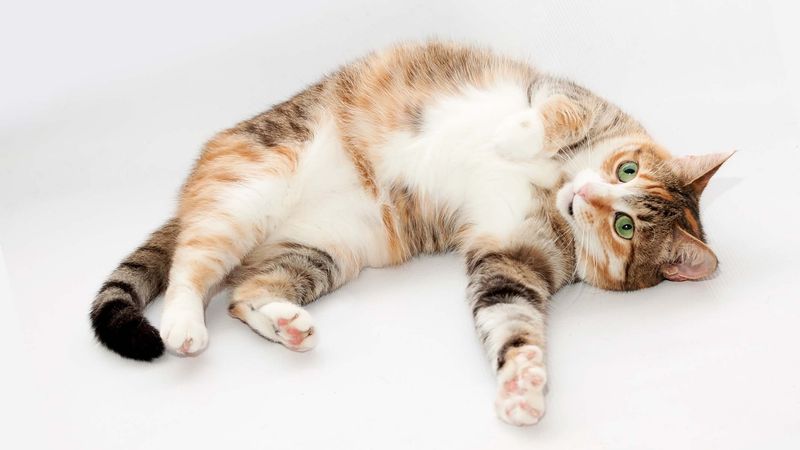
The exposed belly trap! When cats show their bellies, they’re displaying vulnerability—but strictly on their terms. This selective vulnerability demonstrates emotional sophistication many dogs lack.
Unlike dogs who might roll over for anyone, cats reserve these displays for trusted individuals. The message is clear: I choose when and with whom to be vulnerable. This controlled emotional exposure shows remarkable self-awareness and boundary-setting.
6. Grief Processing Experts
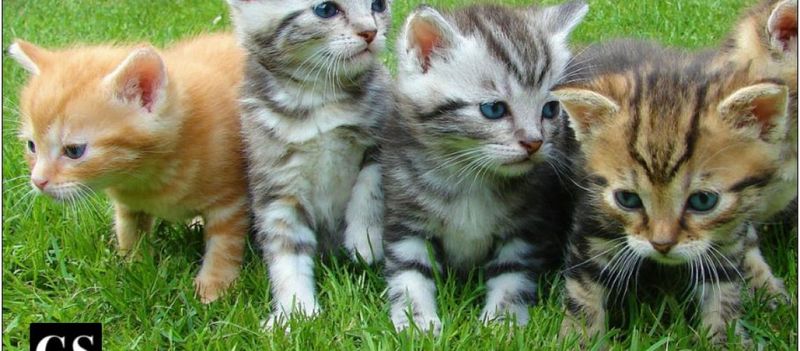
Cats process grief with remarkable dignity. When facing loss or major changes, they don’t seek constant consolation like many dogs might.
Instead, they retreat, reflect, and emerge when emotionally ready. Studies show cats experience mourning but handle it through introspection rather than external validation. This internal emotional processing demonstrates their psychological resilience and self-sufficiency during difficult times.
7. Emotional Authenticity Gurus
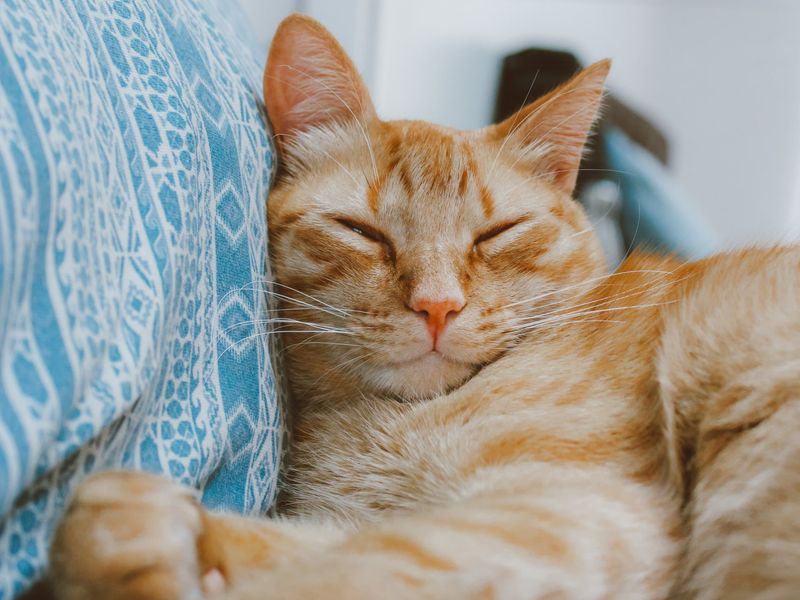
Cats never fake emotions to please you. Unlike dogs who might perform happiness for treats or approval, cats remain emotionally authentic at all times.
This honesty creates a relationship built on truth rather than people-pleasing. When a cat purrs in your lap, you know it’s genuine contentment, not a performance. Their emotional transparency builds deeper trust than relationships based on constant approval-seeking.
8. Intuitive Mood Readers
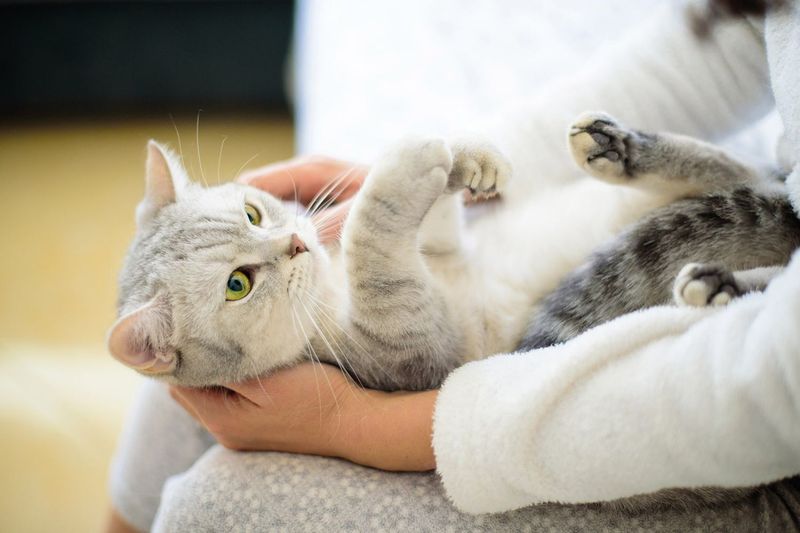
Ever notice how cats appear precisely when you’re feeling down? Their ability to detect emotional shifts borders on supernatural. Research suggests cats can identify subtle changes in our body chemistry, voice patterns, and behaviors.
While dogs might respond with overwhelming energy, cats offer quiet companionship matched to your emotional state. This calibrated response shows remarkable emotional intelligence—knowing when presence alone is more healing than active intervention.
9. Consent Communication Wizards
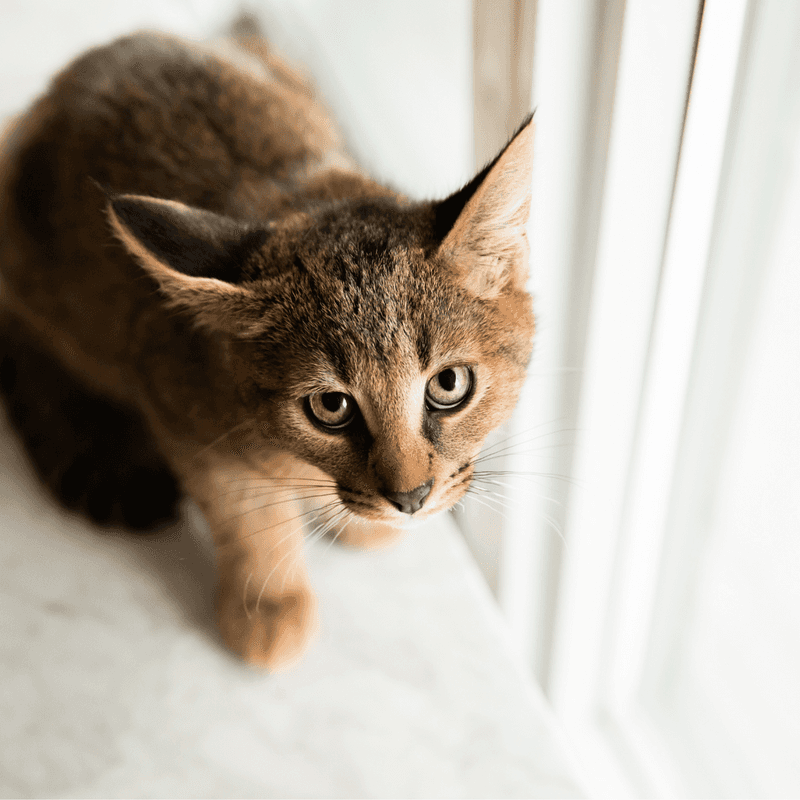
Cats are masters of communicating consent. Their body language clearly indicates when they want interaction and when they don’t—a skill that puts them emotionally ahead of many dogs.
Through subtle ear positions, tail movements, and eye contact, they establish clear boundaries. This sophisticated consent language creates respectful relationships where both parties have agency. Their ability to communicate emotional boundaries without aggression shows remarkable interpersonal intelligence.
10. Stress Management Virtuosos
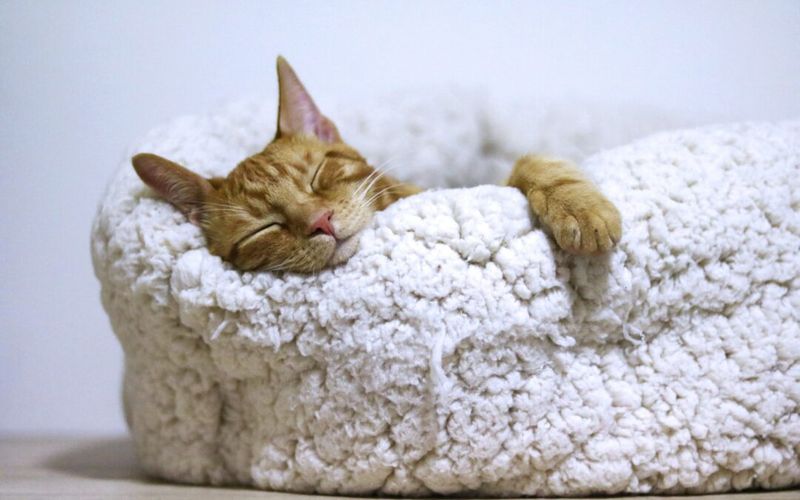
The rhythmic purr of a cat isn’t just soothing to humans—it’s actually a self-healing mechanism. Cats purr at frequencies that promote tissue regeneration and stress reduction within their own bodies.
This built-in stress management system helps them recover from both physical and emotional distress. Unlike dogs who might externalize stress through destructive behaviors, cats have developed an internal emotional regulation system that doubles as healing technology.
11. Emotional Autonomy Pioneers
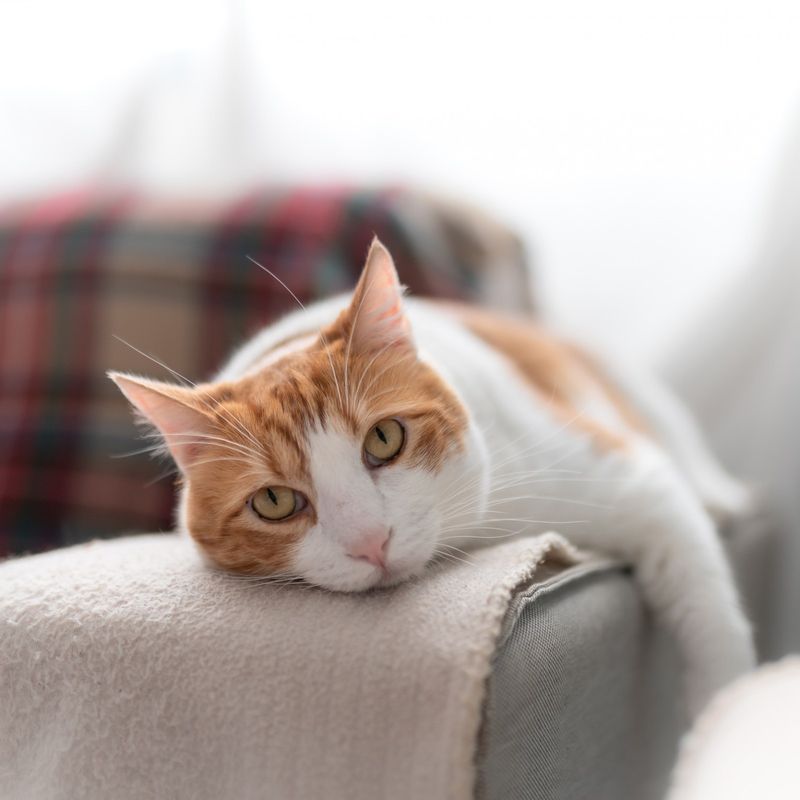
Cats maintain emotional autonomy even in domesticated settings. While dogs have evolved to sync their emotional states with humans, cats preserve their emotional independence.
This autonomy allows them to remain centered regardless of household drama or human mood swings. Their emotional self-governance is remarkable—they can be affected by your feelings without being consumed by them. This balanced attachment style represents emotional maturity many humans struggle to achieve.
12. Mindfulness Masters
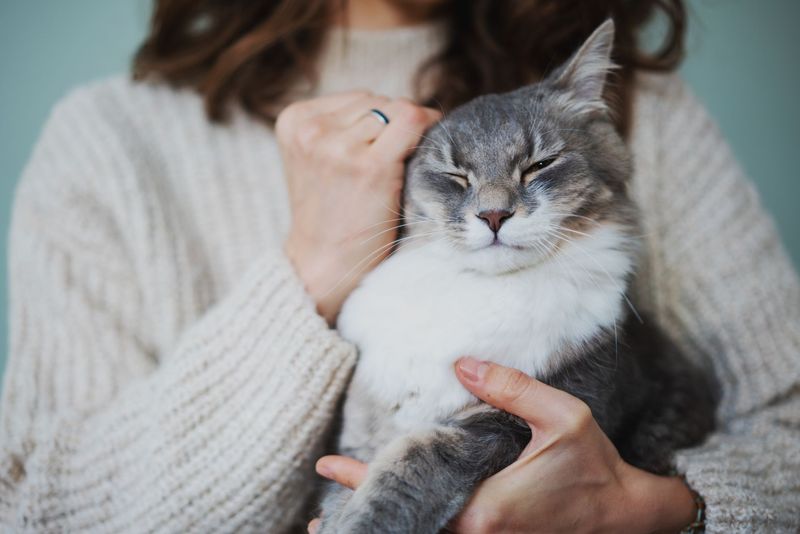
Cats live perpetually in the present moment—a state of mindfulness humans pay thousands to achieve through meditation. Watch a cat watching a bird: complete absorption, total presence.
Unlike dogs who might anxiously anticipate your return or dwell on past experiences, cats excel at being fully engaged with the now. This natural mindfulness allows them to experience each moment deeply and recover quickly from stressful events.
13. Relationship Quality Controllers
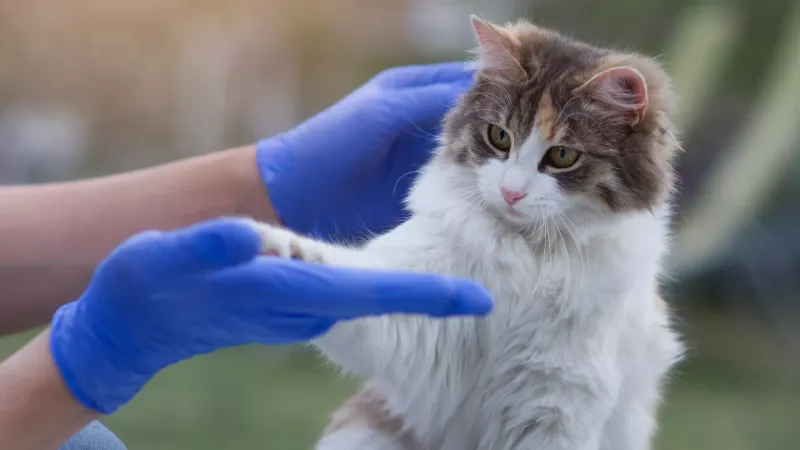
Cats prioritize quality interactions over quantity. While dogs might accept any attention, cats withdraw from interactions that don’t meet their standards—showing remarkable emotional discernment.
This quality control extends to play, affection, and even feeding time. By refusing to participate in unsatisfying exchanges, cats maintain the integrity of the human-animal bond. Their selective engagement ensures that when they do interact, it’s meaningful.
14. Emotional Consistency Champions
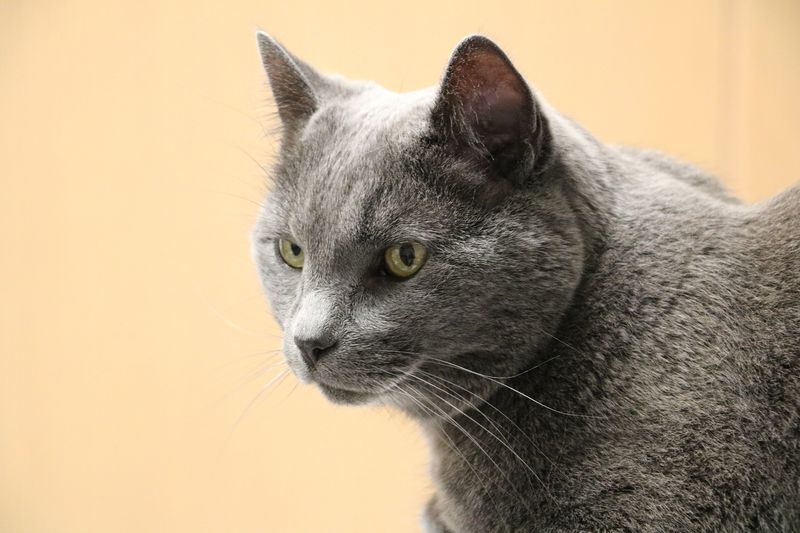
Cats maintain remarkable emotional consistency throughout their lives. Unlike dogs whose temperaments can vary wildly with age, training, or circumstance, cats typically remain emotionally stable.
This predictability creates secure attachments—you know who your cat is and what to expect. Their emotional steadiness provides a reliable constant in an unpredictable world. While subtle changes occur with age, their core emotional nature remains consistent throughout their lifespan.


